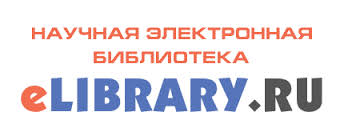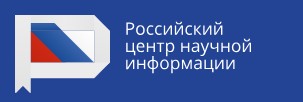DEVELOPING THE SKILL OF ANALYZING GENETIC RELATIONSHIPS IN LITERATURE AND PAINTING AMONG PHILOLOGY STUDENTS BY MEANS OF A PROBLEM LECTURE: BASED ON THE FORMATION AND DEVELOPMENT OF THE CANON OF THE IMAGE OF A BEAUTIFUL LADY (PART 2. THE MIDDLE AGE
Abstract
https://doi.org/10.18522/1995-0640-2025-3-128-141
This article is a continuation of the previously published first part. The first article described the work on developing philology students' skills in analyzing genetic relationships in literature and painting using the example of the formation and development of the canon of the image of a Beautiful Lady in the era of Antiquity. This article reveals the didactic potential of a problematic lecture in the course of studying the canon of the image of a Beautiful Lady in the Middle Ages and the Renaissance. The main questions of the thematic blocks are presented, their summary is disclosed, methodological explanations are given, examples of problematic tasks, questions and approximate answers to them are given. The materials proposed in the article can be used in the practice of teachers of literature and art, introducing the experience of an intermediate approach to understanding artistic phenomena.
Key words: intermediate analysis, genetic connections, problem lecture, the canon, DNA images, the image of a Beautiful Lady
Downloads
Published
How to Cite
Issue
Section
License
Copyright (c) 2025 Elena L. Dashko, Elena V. Khomenko

This work is licensed under a Creative Commons Attribution-NonCommercial 4.0 International License.
Authors who publish with this journal agree to the following terms:
- Authors retain copyright and grant the journal right of first publication with the work simultaneously licensed under a Creative Commons Attribution License that allows others to share the work with an acknowledgement of the work's authorship and initial publication in this journal.
- Authors are able to enter into separate, additional contractual arrangements for the non-exclusive distribution of the journal's published version of the work (e.g., post it to an institutional repository or publish it in a book), with an acknowledgement of its initial publication in this journal.
- Authors are permitted and encouraged to post their work online (e.g., in institutional repositories or on their website) prior to and during the submission process, as it can lead to productive exchanges, as well as earlier and greater citation of published work (See The Effect of Open Access).



















